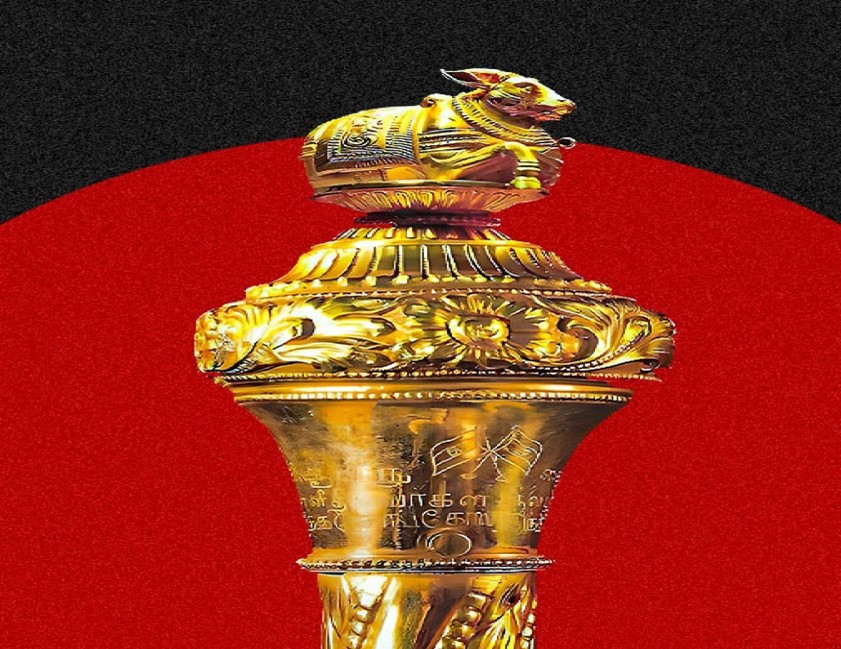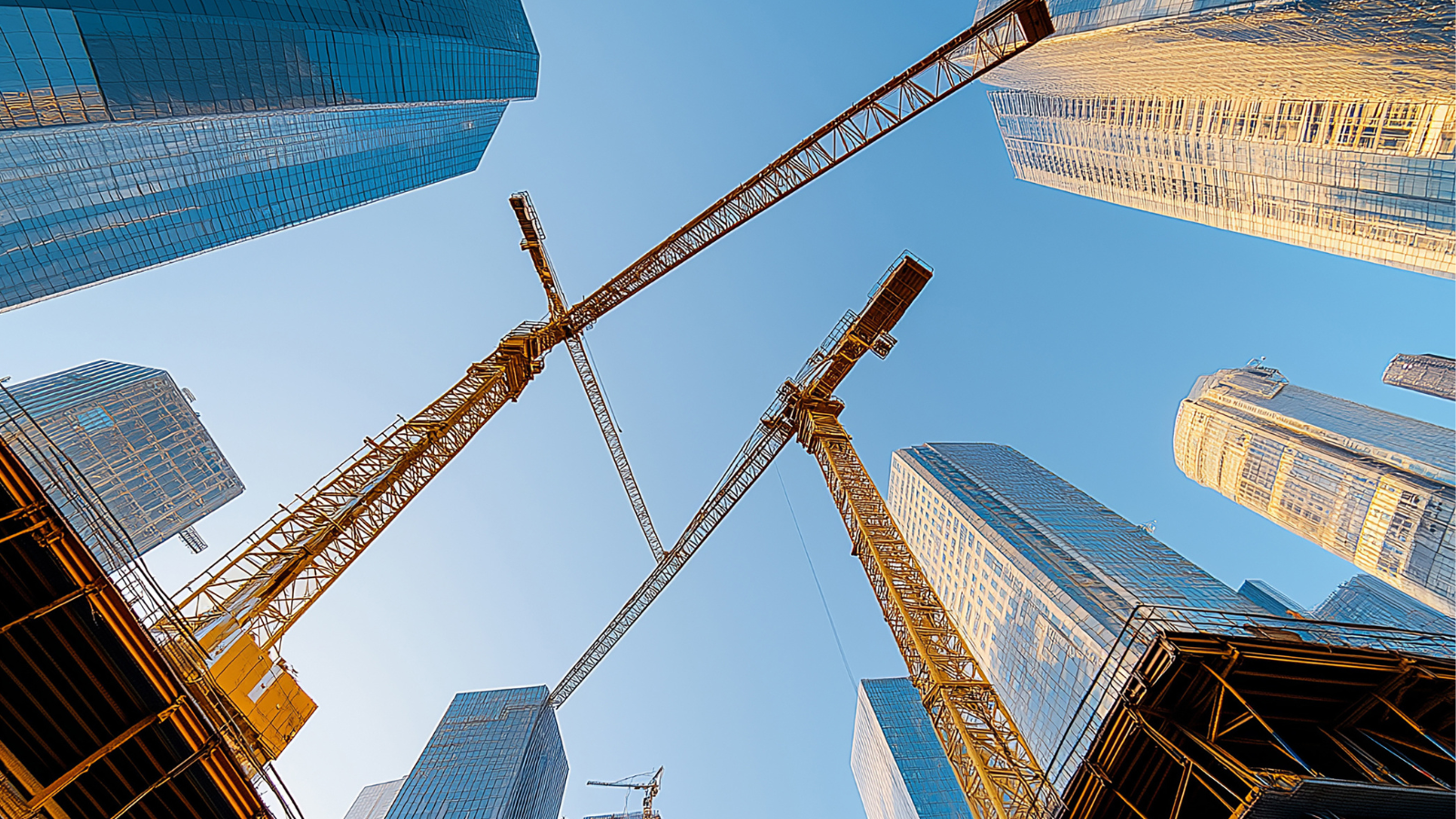- Courses
- GS Full Course 1 Year
- GS Full Course 2 Year
- GS Full Course 3 Year
- GS Full Course Till Selection
- Answer Alpha: Mains 2025 Mentorship
- MEP (Mains Enrichment Programme) Data, Facts
- Essay Target – 150+ Marks
- Online Program
- GS Recorded Course
- Polity
- Geography
- Economy
- Ancient, Medieval and Art & Culture AMAC
- Modern India, Post Independence & World History
- Environment
- Governance
- Science & Technology
- International Relations and Internal Security
- Disaster Management
- Ethics
- NCERT Current Affairs
- Indian Society and Social Issue
- NCERT- Science and Technology
- NCERT - Geography
- NCERT - Ancient History
- NCERT- World History
- NCERT Modern History
- CSAT
- 5 LAYERED ARJUNA Mentorship
- Public Administration Optional
- ABOUT US
- OUR TOPPERS
- TEST SERIES
- FREE STUDY MATERIAL
- VIDEOS
- CONTACT US
SENGOL
SENGOL
25-05-2023

Latest Context
The new Parliament building, which is a component of the Central Vista redevelopment project, will be officially inaugurate by the prime minister on May 28th, 2023.
- The installation of a historic golden sceptre called Sengol beside the Speaker's seat will be one of the event's centrepieces.
- The Sengol is a symbol of India's independence, sovereignty, cultural heritage, and diversity.
Historical Significance of Sengol
- The Sengol, which is derived from the Tamil word "Semmai" and means "Righteousness," has a profound connotation. It was made of gold or silver and frequently decorated with precious stones.
- Emperors held a Sengol sceptre at ceremonial events to symbolise their authority.
- It is linked to the Chola Empire, one of South India's most enduring and powerful dynasties.
- From the ninth to the thirteenth centuries CE, the Cholas ruled over parts of Tamil Nadu, Kerala, Karnataka, Andhra Pradesh, Telangana, Odisha, and Sri Lanka.
- They were well-known for their temple construction, marine trade, administrative effectiveness, and military might.
- The Sengol sceptre was traditionally passed from one Chola monarch to another as a symbol of legitimacy and succession.
- A guru or high priest would often conduct the event, blessing the new king and bestowing the Sengol onto him.
How did Sengol come to be associated with India's independence?
- Before India gained its independence from British control in 1947, Lord Mountbatten, the Viceroy at the time, asked Jawaharlal Nehru, who would later become Prime Minister, "What is the ceremony that should be followed to symbolise the transfer of power from British to Indian hands?"
- The last Governor-General of India, C. Rajagopalachari, well known as Rajaji, was then consulted by PM Nehru.
- Rajaji proposed using the Sengol sceptre handover ritual used by the Cholas as a model for the Indian independence event.
- He said that it would reflect the unity in diversity of India and its ancient civilization and culture.
- On August 14, 1947, Thiruvavaduthurai Adheenam (a 500-year-old Saivite monastery) gave PM Nehru the Sengol sceptre.
- Vummidi Bangaru Chetty, a renowned goldsmith in Madras (now Chennai), created a golden sceptre.
- The Nandi is hand-carved at the top and has an unwavering stare that serves as the "Nyaya"'s beholder.
Why is Sengol being installed in the new parliament building, and where is it now?
- Nehru kept the Sengol sceptre at his home in Delhi for a while after receiving it in 1947.
- Then he made the choice to give it to his ancestral home's Anand Bhavan Museum in Allahabad (now Prayagraj).
- His father Motilal Nehru founded the museum in 1930 to preserve the background and legacies of the Indian independence struggle.
- For more than seven decades, the Sengol sceptre was housed at the Anand Bhavan Museum.
- The government made the decision to revive this historical event and place the Sengol sceptre in the new Parliament building in 2021–2022, when the Central Vista reconstruction project was under way.
- It will be situated next to the Speaker's seat in the new Parliament building, and a plaque describing its history and meaning will be erected alongside it.
- Sengol's installation in the new Parliament building sends a profound message in addition to serving as a symbolic act.
- It shows that India's democracy is inclusive and appreciative of its diversity and plurality, and that it is based on the country's long-standing traditions and ideals.
Facts about Central Vista Redevelopment Project
- The Central Vista Redevelopment Project is a plan to renovate the Central Vista, New Delhi's main administrative district, which lies close to Raisina Hill.
- Sir Edwin Lutyens and Sir Herbert Baker originally developed the region while under British colonial administration, and the Government of India kept it after the country's independence.
- The Ministry of Housing and Urban Affairs received funding of Rs 2,600 crore in the Union Budget 2022–23 for the construction of non–residential office buildings, including the Parliament and the Supreme Court of India, as part of the ambitious Central Vista project.




